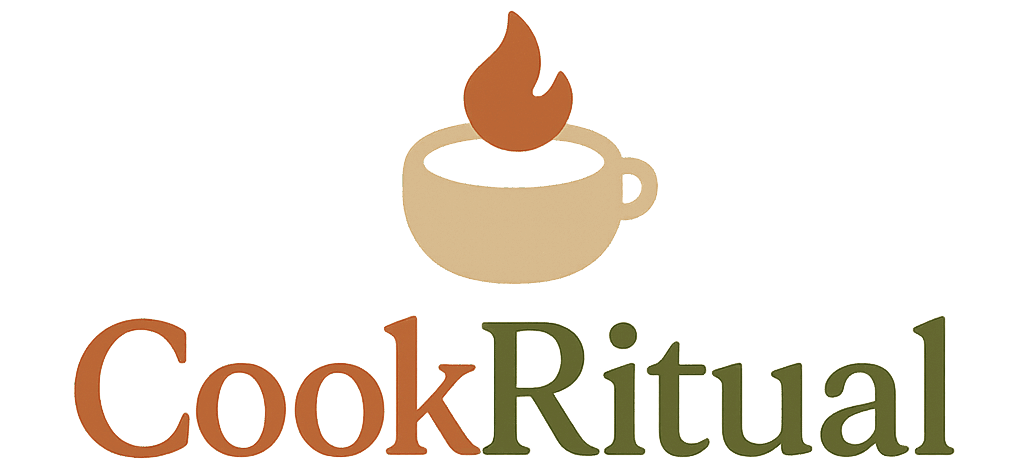Chopping Board Hygiene Guide
Get personalized tips for keeping your cutting boards clean and safe
Please select both an ingredient type and board material to see hygiene tips.
Hygiene Tips
For ingredient on material boards
Chopping Board Hygiene Guide: Keep Your Kitchen Safe and Sanitary
Whether you’re slicing juicy tomatoes, preparing raw chicken, or filleting fresh seafood, proper chopping board hygiene is non-negotiable. This Chopping Board Hygiene Guide will walk you through material-specific care, ingredient-driven tips, and simple best practices to prevent cross-contamination and foodborne illness.
Why Chopping Board Hygiene Matters
- Prevent Cross-Contamination
Raw meats, vegetables, and seafood carry different bacteria. A single poorly cleaned board can spread pathogens like Salmonella, E. coli, and Listeria across your entire meal. - Extend Board Lifespan
Regular maintenance protects wood from warping, plastic from deep grooves, and bamboo from cracking—saving you money in the long run. - Maintain Flavor Integrity
Lingering odors from garlic, seafood, or strong spices alter the taste of your next dish. A clean board means fresher-tasting food every time.
Choosing the Right Chopping Board
| Material | Pros | Cons |
| Wood | Naturally antimicrobial; durable | Prone to warping if soaked; needs oiling |
| Plastic | Dishwasher-safe; stain-resistant | Deep cuts harbor bacteria; may warp under heat |
| Bamboo | Eco-friendly; harder than wood | Can crack without regular conditioning |
Pro Tip: Consider a color-coded board system—red for meat, green for veg, blue for seafood—to eliminate guesswork and reduce contamination risks.
Material-Specific Care Tips
Wood Boards
- Immediate Wash – Hot, soapy water with a stiff brush.
- Sanitize Monthly – Wipe with a bleach solution or white vinegar.
- Oil Quarterly – Apply food-grade mineral oil to prevent drying and cracking.
- Air-Dry Upright – Never soak; stand on edge in a well-ventilated area.
Plastic Boards
- Dishwasher Safe – Use top rack on high-heat cycles.
- Bleach Soak – 1 tbsp bleach per gallon of water for 10 min when heavily soiled.
- Replace When Scored – Discard boards with deep grooves.
- Avoid Heat Exposure – Keep away from stove or hot surfaces.
Bamboo Boards
- Gentle Hand Wash – Warm water and mild soap; avoid abrasives.
- Vinegar Rinse – Natural sanitizer to neutralize odors.
- Sun-Dry Occasionally – UV helps kill microbes.
- Oil Bi-Monthly – Keeps bamboo fibers sealed and strong.
Ingredient-Based Hygiene Tips
Meat
- Deep Clean After Use: Scrub with hot, soapy water and sanitize with bleach solution.
- Dedicated Board: If possible, keep one board exclusively for raw meats.
Vegetables
- Stain Removal: Rub baking soda paste on turmeric or beet stains.
- Deodorize Naturally: Half a lemon removes onion and garlic odors.
Seafood
- Neutralize Fishy Smells: Rinse with lemon juice or baking soda paste.
- Blue-Code Seafood: Use a separate blue board for fish and shellfish.
Custom Ingredients
- Generic Best Practices: Wash, sanitize, dry.
- Adapt As Needed: Match your cleaning routine to the ingredient’s perishability and odor strength.
Best Practices for Sanitizing & Storing
- Routine Inspection
Check boards weekly for deep cuts or cracks. - Sanitizing Schedule
• Light use: Sanitize monthly
• Heavy use (meat/seafood): Sanitize after every meal - Proper Storage
Store boards standing on edge in a rack or cabinet with good air circulation to ensure complete drying.
Frequently Asked Questions
Q: Can I use vinegar instead of bleach?
A: Yes. White vinegar is a natural sanitizer, though bleach is more potent against tough bacteria.
Q: How often should I replace my chopping boards?
A: Wood and bamboo can last years with proper care. Plastic boards should be replaced once deep grooves appear.
Q: Is it better to have multiple boards or one big one?
A: Multiple boards—ideally color-coded—reduce cross-contamination and streamline meal prep.


